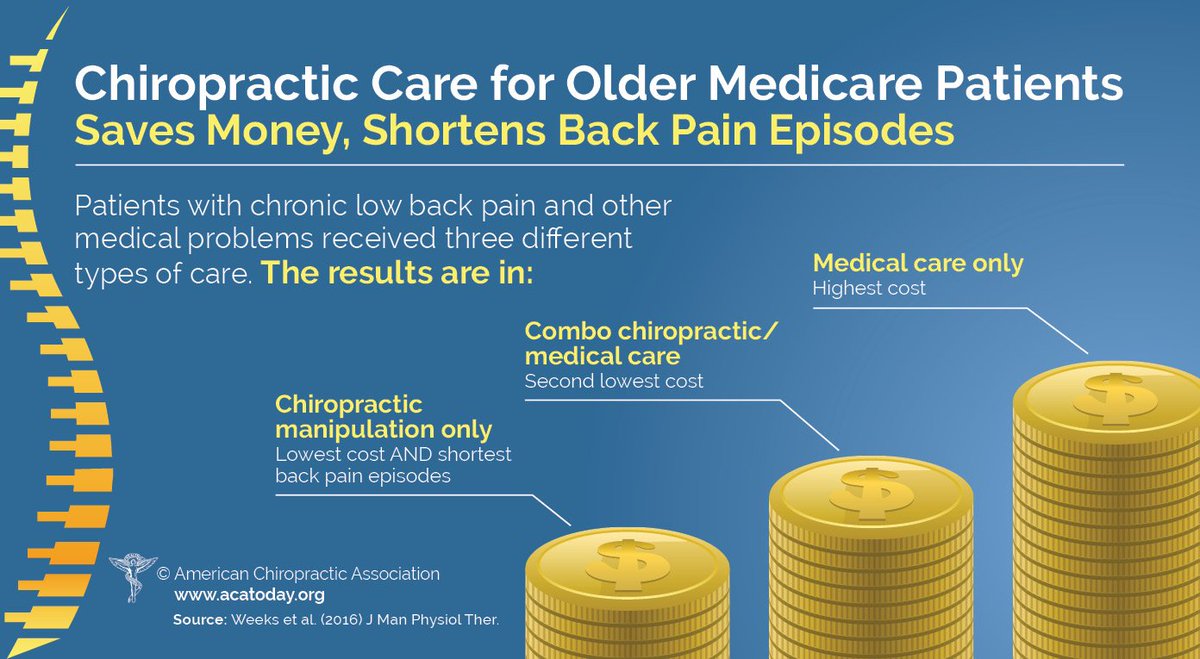Prepare Yourself To Discover The Remarkable Cellular Interactions Of Cold Laser Therapy And Its Utilization Of Light For The Objective Of Healing. Dive Even More Into The Realm Of Science!
Prepare Yourself To Discover The Remarkable Cellular Interactions Of Cold Laser Therapy And Its Utilization Of Light For The Objective Of Healing. Dive Even More Into The Realm Of Science!
Blog Article
Web Content By-Harbo Hanna
You may have heard of cold laser treatment as an encouraging therapy choice for numerous conditions, yet have you ever questioned exactly how it in fact works with a cellular level? Comprehending the mechanisms behind this therapy can clarify its efficiency in advertising healing and lowering swelling. By exploring the science behind cold laser therapy, you'll obtain understandings into the fascinating methods which light can affect mobile procedures and facilitate cells repair work.
How Cold Laser Therapy Functions
To understand just how cold laser treatment functions, you need to realize the basic principles of exactly how light power communicates with organic cells. https://www.chiroeco.com/cold-laser-therapy-for-pain/ , also referred to as low-level laser treatment (LLLT), uses specific wavelengths of light to permeate the skin and target underlying tissues. Unlike the intense lasers utilized in surgical procedures, cold lasers produce reduced degrees of light that don't create warm or create damages to the tissues.
When these mild light waves get to the cells, they're taken in by components called chromophores, such as cytochrome c oxidase in mitochondria. This absorption activates a series of organic reactions, consisting of boosted mobile power production and the release of nitric oxide, which enhances blood circulation and reduces inflammation.
Additionally, quit smoking lazer can also boost the manufacturing of adenosine triphosphate (ATP), the energy currency of cells, helping in mobile repair work and regrowth procedures.
Essentially, cold laser treatment takes advantage of the power of light energy to promote healing and reduce discomfort in a non-invasive and mild manner.
Mechanisms of Action
Just how does cold laser therapy really function to generate its healing impacts on organic tissues?
Cold laser treatment, additionally called low-level laser treatment (LLLT), runs via a process referred to as photobiomodulation. When the cold laser is put on the skin, the light energy permeates the cells and is absorbed by chromophores within the cells.
These chromophores, such as cytochrome c oxidase in the mitochondria, are after that promoted by the light energy, leading to a waterfall of biological responses. One vital mechanism of activity is the enhancement of cellular metabolism.
The soaked up light power boosts ATP production in the mitochondria, which is important for mobile function and repair. Furthermore, cold laser treatment aids to lower swelling by hindering inflammatory moderators and advertising the launch of anti-inflammatory cytokines.
This anti-inflammatory impact contributes to discomfort relief and tissue healing.
Therapeutic Results
Recognizing the therapeutic results of cold laser therapy entails identifying exactly how the enhanced mobile metabolism and anti-inflammatory residential or commercial properties contribute to its favorable end results on biological tissues.
When the cold laser is applied to the affected area, it stimulates the mitochondria within the cells, leading to enhanced production of adenosine triphosphate (ATP), which is vital for mobile feature and fixing. This boost in mobile energy speeds up the healing procedure by promoting cells regeneration and reducing inflammation.
In addition, the anti-inflammatory homes of cold laser therapy aid to reduce discomfort and swelling in the targeted area. By preventing inflammatory conciliators and promoting the release of anti-inflammatory cytokines, cold laser therapy help in reducing pain and improving the general healing response.
This decrease in inflammation not just gives prompt relief yet additionally supports long-term tissue repair.
Verdict
Finally, cold laser therapy works by stimulating cellular fixing and tissue regeneration with photobiomodulation. Its anti-inflammatory properties give pain alleviation and reduce swelling by preventing inflammatory arbitrators.
This therapy provides an extensive strategy to recovery, providing both instant alleviation and long-term cells fixing advantages.
Through its mechanisms of action, cold laser treatment proves to be an efficient and promising therapy choice for a range of problems.
